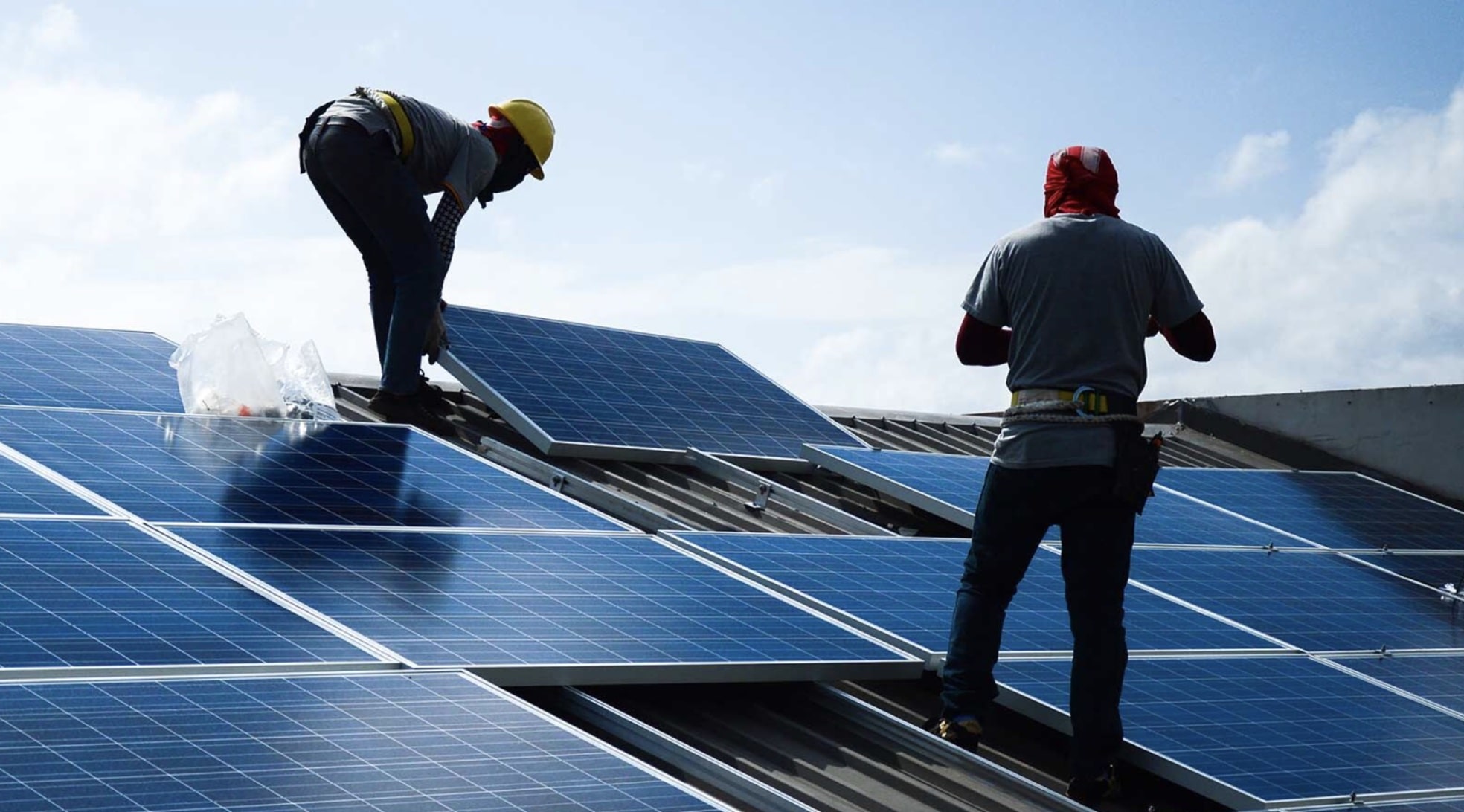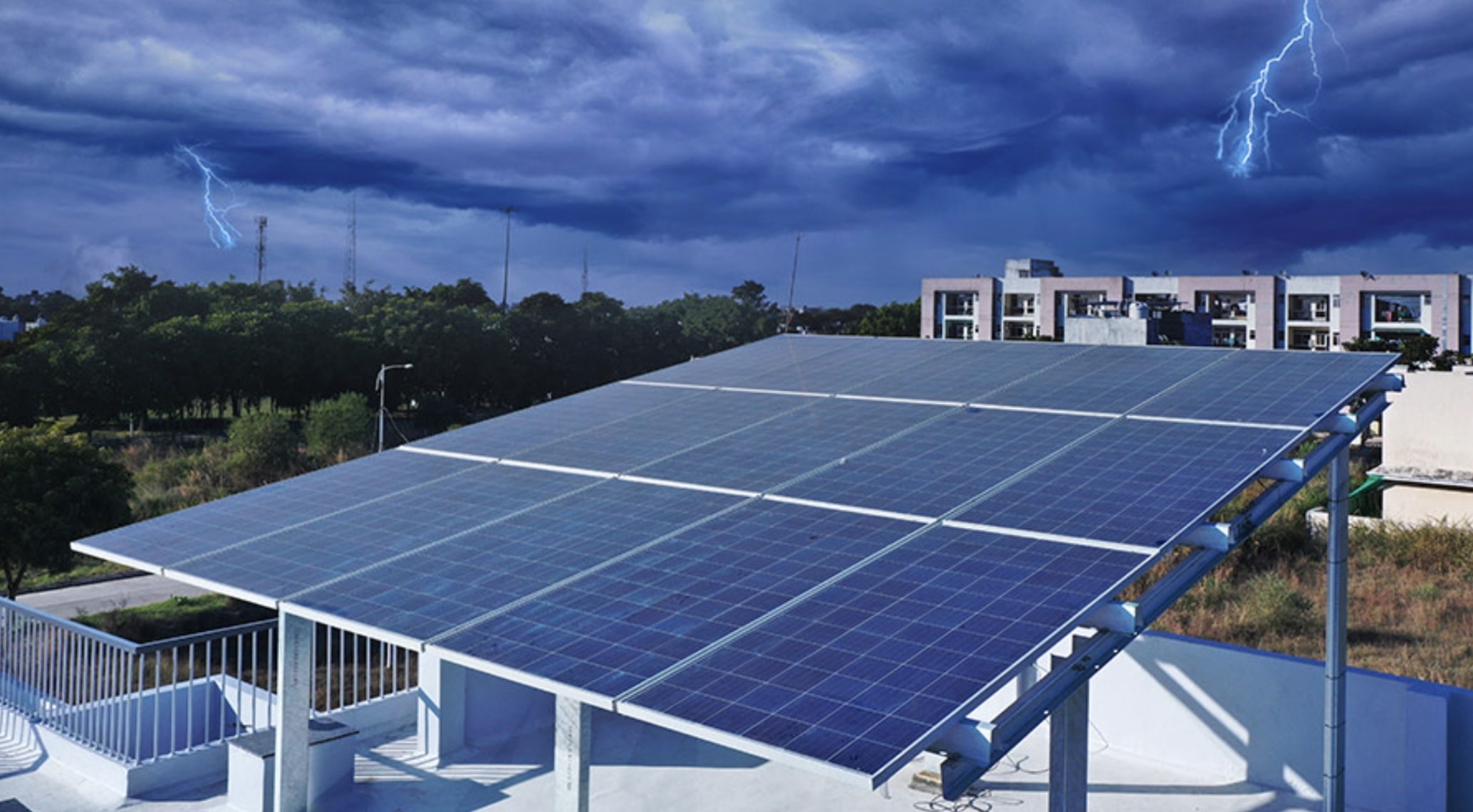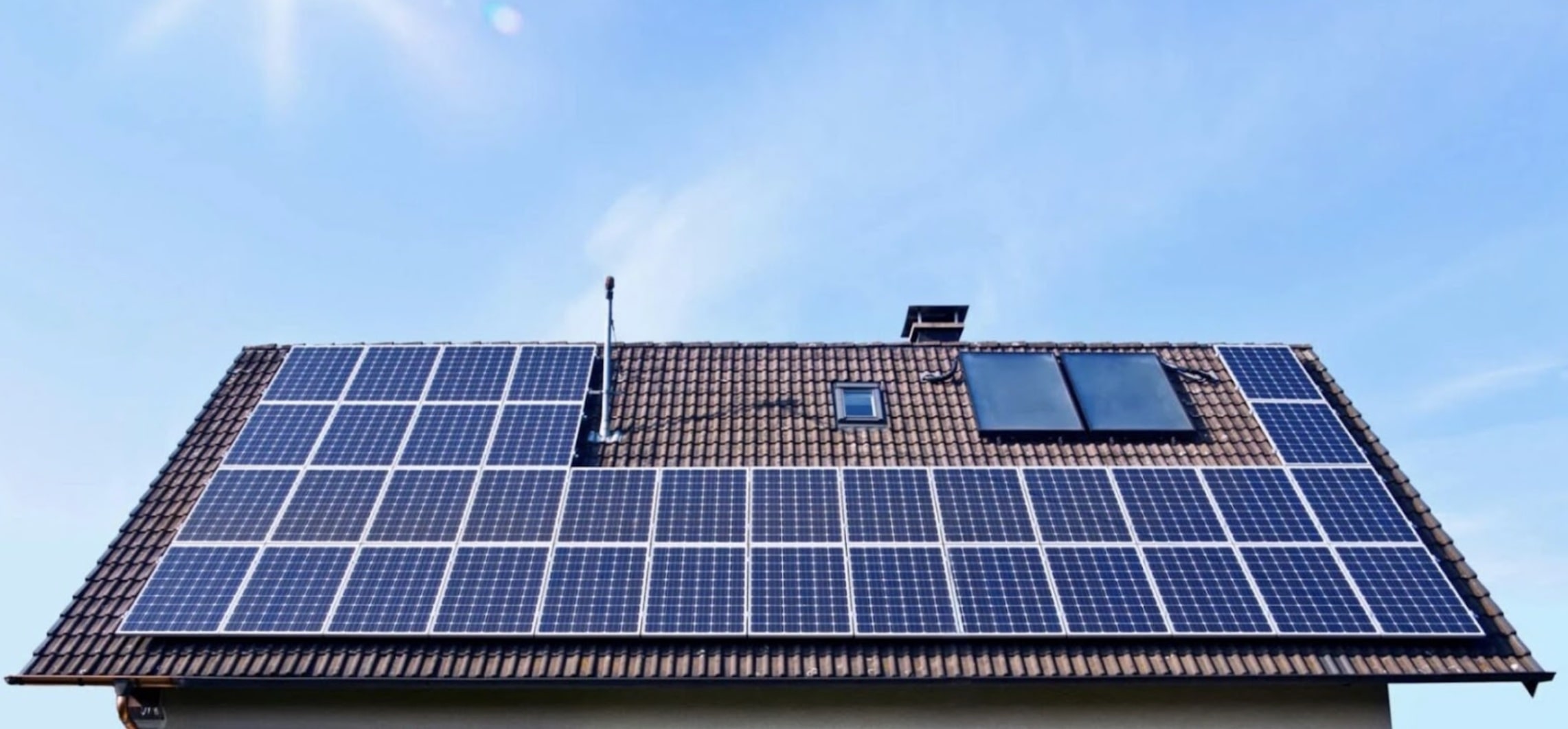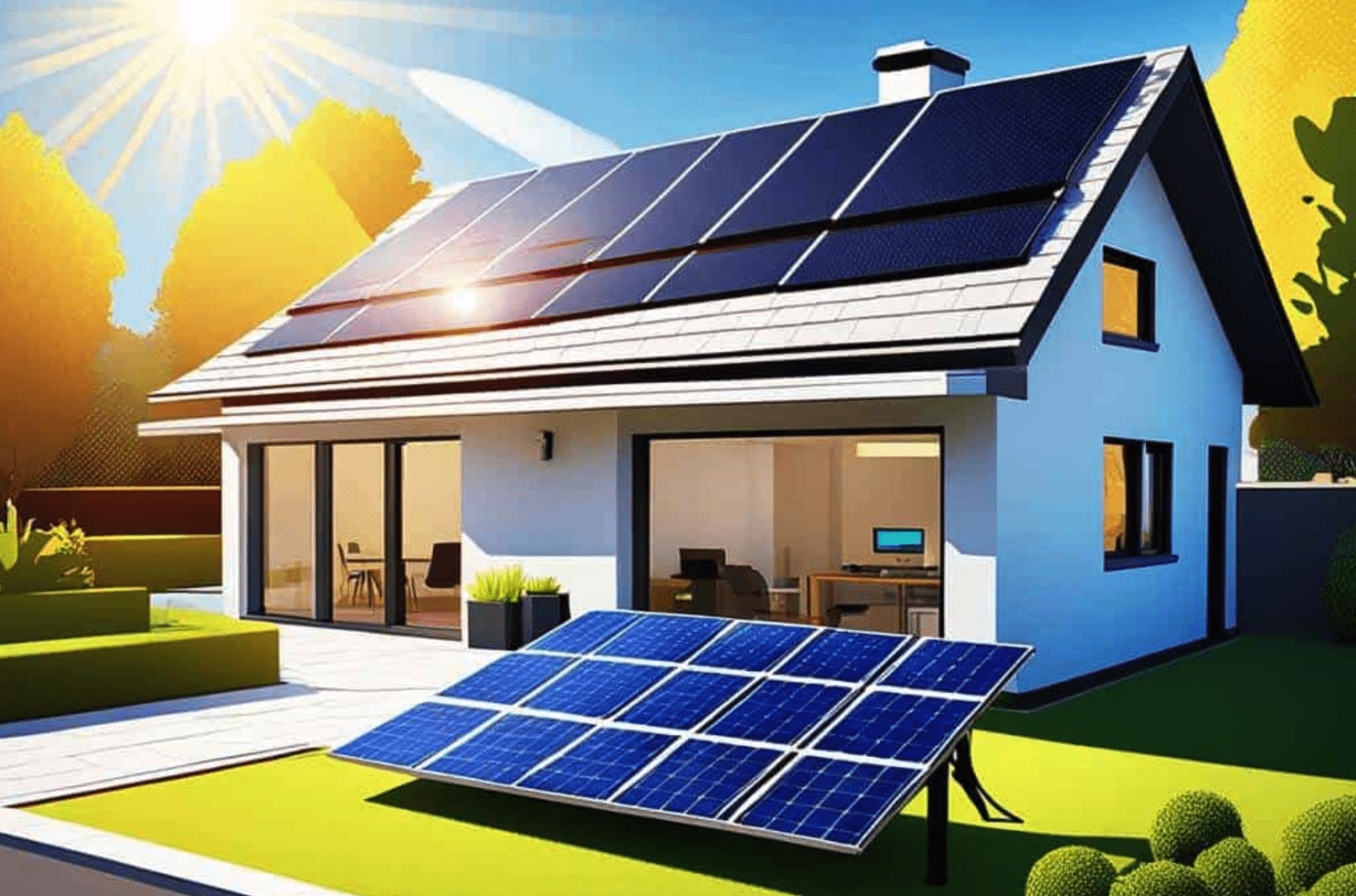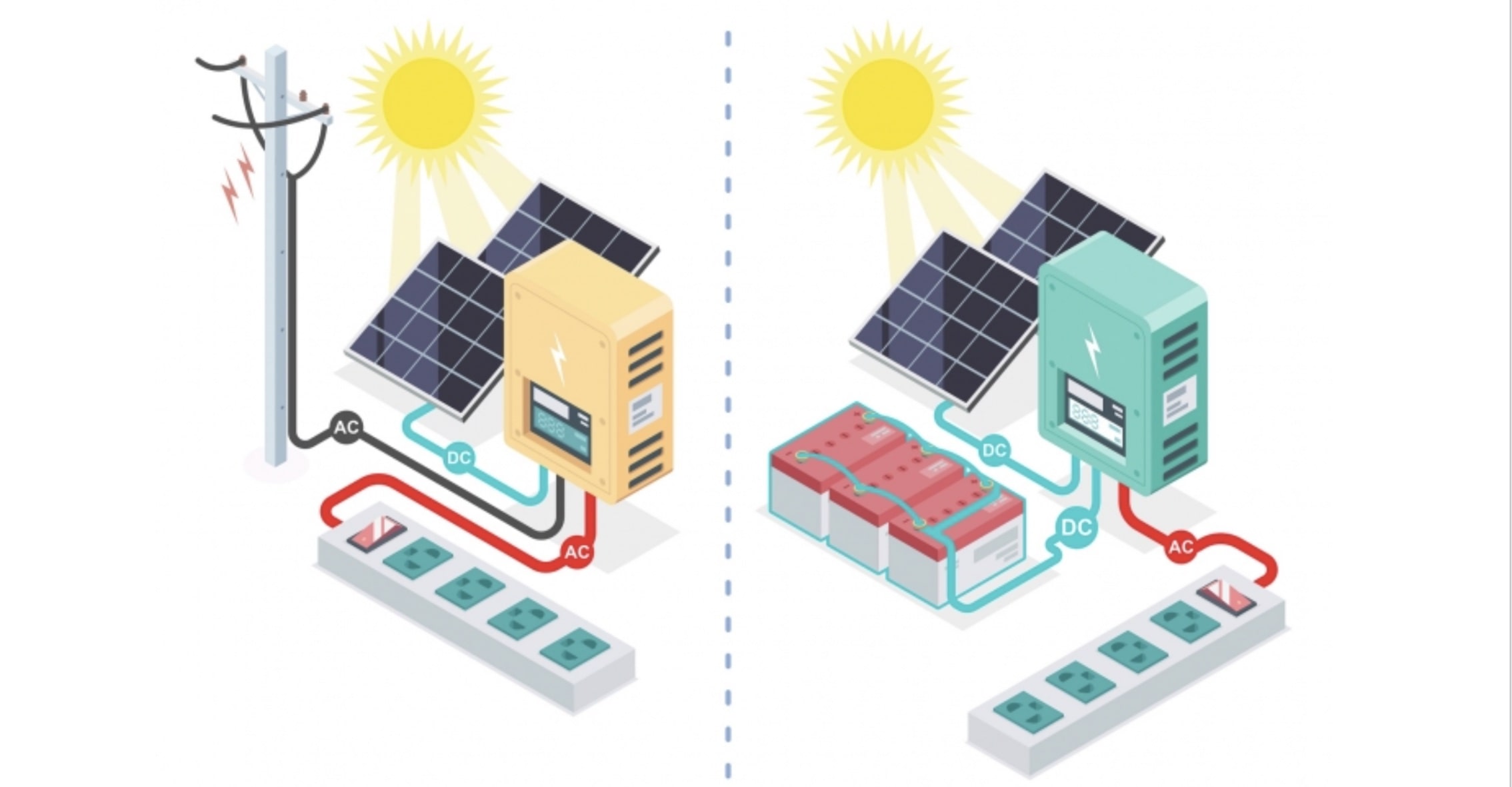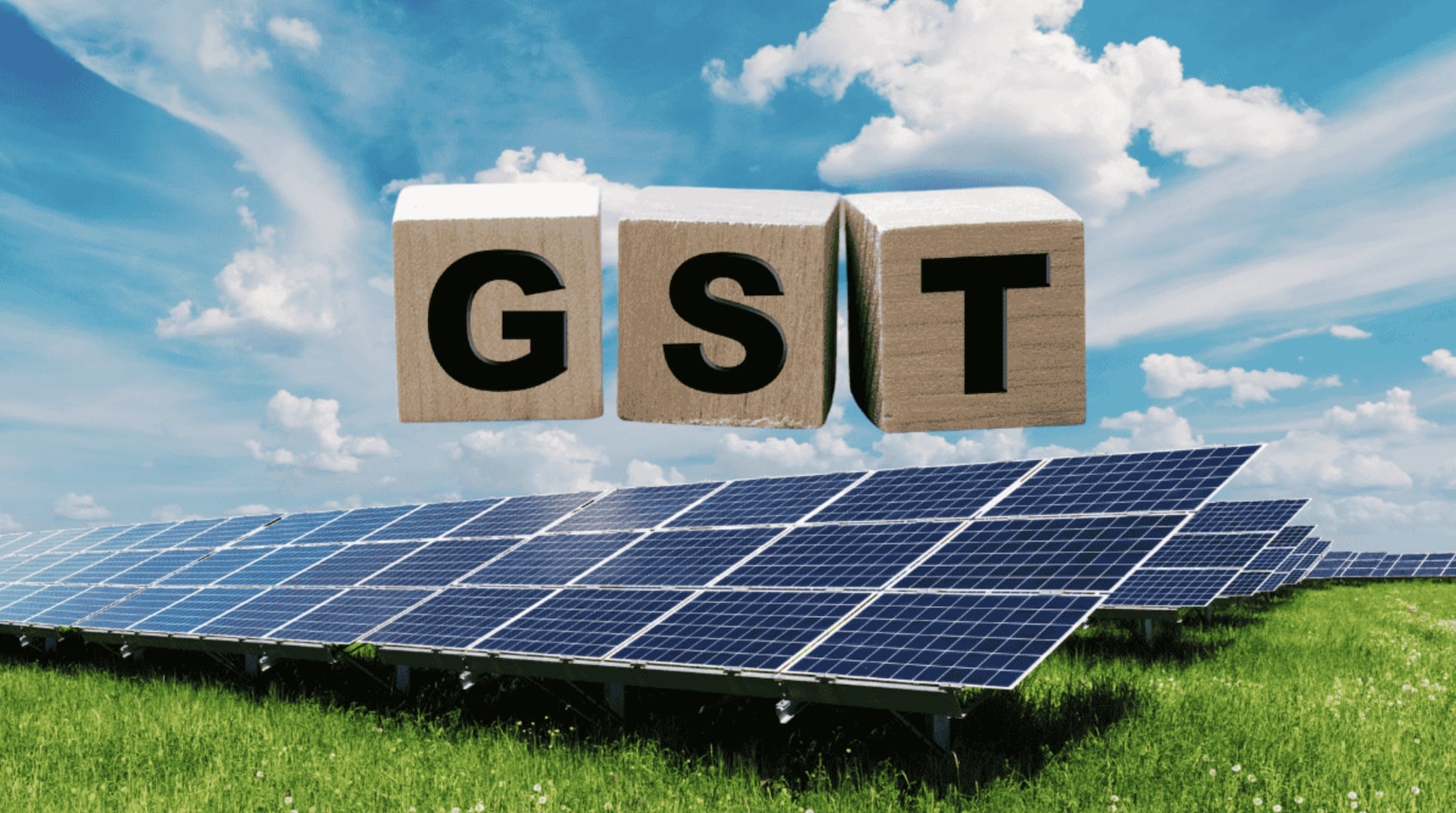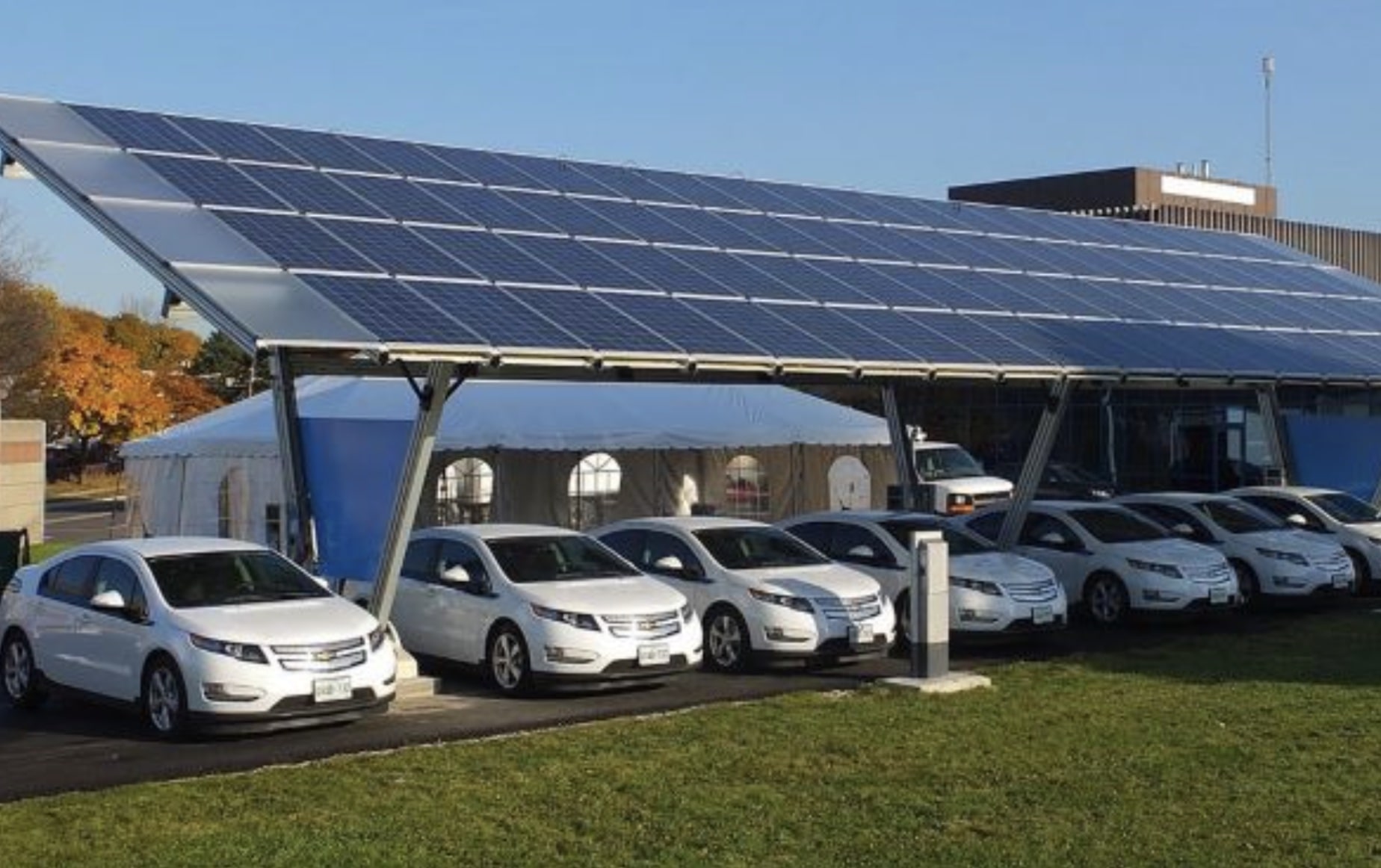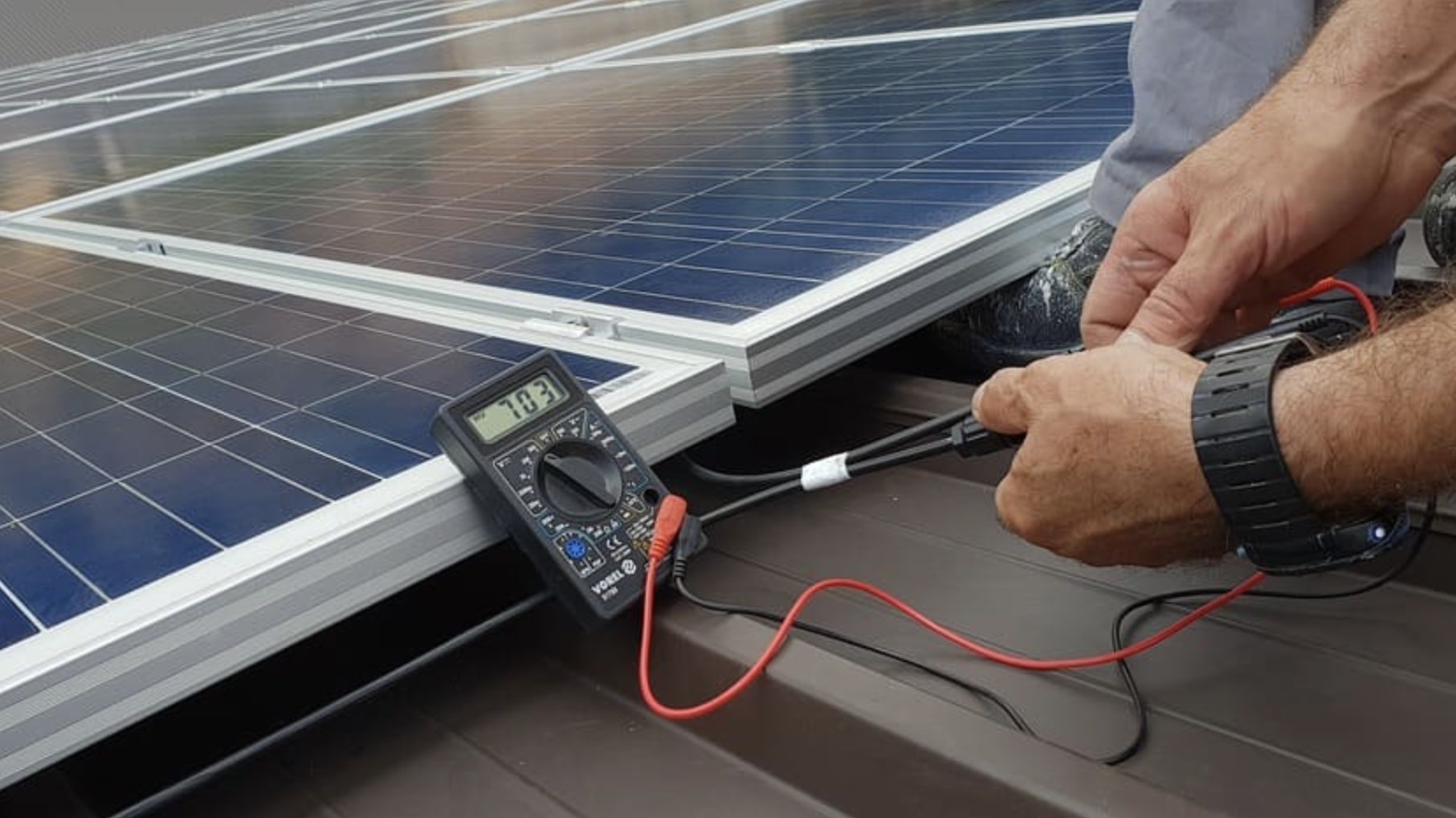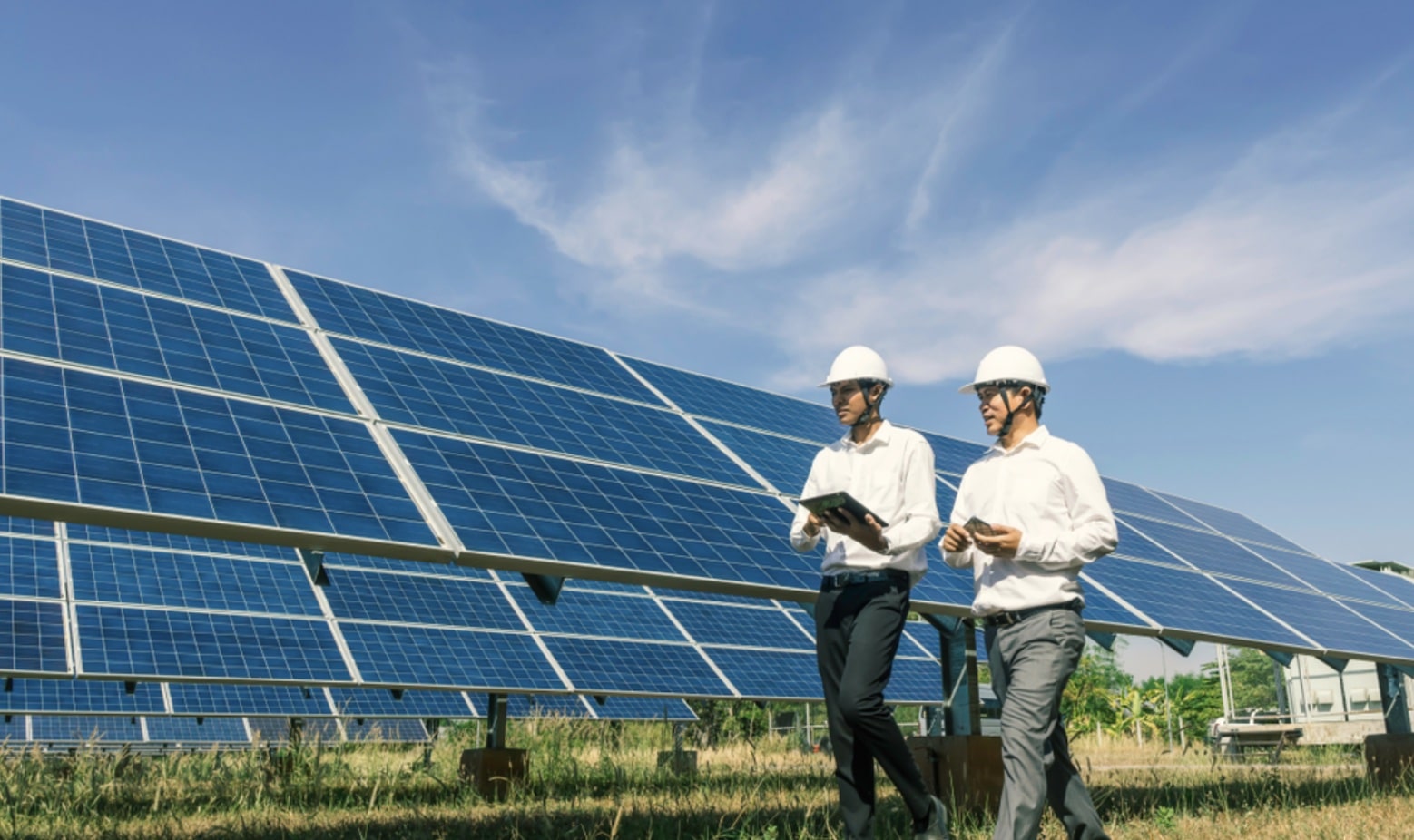Switching to solar energy is one of the smartest decisions homeowners and businesses can make today. But have you ever wondered how you get credit for the extra electricity your solar panels generate? That’s where net metering comes in — a system designed to make solar energy even more rewarding.
What Is Net Metering?
Net metering is a billing system that allows solar energy users to send the extra electricity they produce back to the grid. When your solar panels generate more power than you use (like on a sunny afternoon), that surplus electricity is fed into the utility grid. In return, you earn credits on your electricity bill.
Later, when your solar system produces less power (such as at night or during cloudy weather), you can use those earned credits to offset the electricity you consume from the grid.
In simple terms, your electric meter runs backwards when you produce more than you consume, reducing your overall energy cost.
How It Works Step by Step
- Solar panels generate electricity from sunlight during the day.
- Your home uses what it needs — any excess power is sent to the utility grid.
- Your meter tracks both directions — electricity consumed and electricity sent back.
- You earn credits for the surplus energy you supply to the grid.
- During low-sunlight hours, you draw power from the grid using those credits.
This way, your electricity bill reflects only your net energy usage — that’s why it’s called net metering.
Top Benefits of Net Metering
🌞 1. Lower Electricity Bills
By offsetting your energy consumption with the credits you earn, you can drastically cut down your monthly electricity costs — sometimes even eliminate them.
🌍 2. Promotes Renewable Energy Use
Net metering encourages more people to adopt solar energy, helping reduce dependence on fossil fuels and lowering carbon emissions.
⚡ 3. Efficient Energy Use
Instead of wasting excess solar energy, net metering ensures it’s utilised efficiently by sharing it with others on the grid.
💰 4. Faster Return on Investment
With savings on bills and potential government incentives, your solar installation pays for itself much sooner.
🏠 5. Energy Independence
You become less reliant on the utility company and are better protected from rising electricity rates.
Net metering is not just a billing mechanism — it’s a gateway to smarter, cleaner, and more affordable energy. It allows you to make the most out of your solar power system while contributing to a greener planet.
So, if you’re considering switching to solar, make sure to choose a system that supports net metering — your wallet and the environment will thank you!
🌞 Ready to switch to solar?
Connect With Us
At Educosmic Solutions Pvt. Ltd., we are committed to promoting clean and renewable energy solutions for a brighter future.
📞 Contact: +91 940-389-1609
🌐 Website: www.solarfusion.in
📧 Email: [email protected]
👤 Director: Mr. Gavish Jaiswal
Note: Install a Solar Rooftop System at your residence under the PM Surya Ghar Bijli Yojana and avail a government subsidy of up to ₹78,000.
📲 Stay connected with us:
Facebook: https://www.facebook.com/solarfusionind
Instagram: https://www.instagram.com/solar_fusion75/?hl=en


